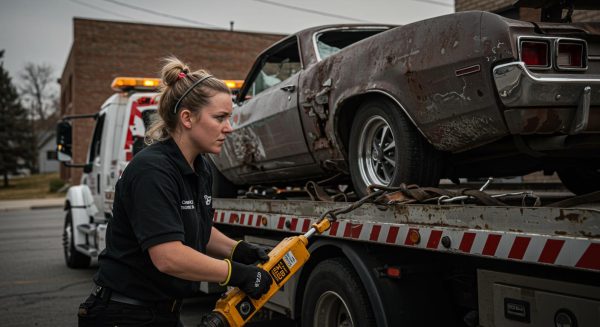Running a successful vehicle recovery operation in the UK requires mastering three fundamental business areas: sales, operations and administration. Bear in mind you’ll be good at one, OK at another and probably not very good at the third one, and that’s where a partner or your first employee can help out.
This guide explores key considerations for recovery operators looking to optimise their service delivery, pricing approach, and operational procedures.
Customer Service Management: The Foundation of Success
Recovery operators often meet customers at their most vulnerable moments—whether broken down on a dark motorway or dealing with accident aftermath. How your team handles these initial interactions can make or break your reputation.
According to the Institute of Customer Service, 84% of UK customers say they prioritise good service over price when choosing businesses (although this is probably overstated). Maintaining clear 24/7 communication channels, setting realistic expectations about arrival times, and keeping customers informed of any delays are essential practices. Regular feedback collection helps drive continuous service improvement.

Pricing Strategies: Finding the Right Balance
Successful pricing in vehicle recovery requires a tiered approach that reflects different service levels. Basic local recovery, long-distance transport, specialist recovery for HGVs and caravans, storage services, and out-of-hours assistance each need appropriate pricing structures.
Monitor competitor pricing, particularly industry leaders like the AA and RAC, while ensuring your rates cover operating costs. Consider offering membership or subscription options for regular commercial customers like taxi firms or haulage companies. Importantly, maintain transparency in pricing to comply with UK consumer law.
Standard Operating Procedures: Safety and Consistency
Written procedures ensure consistency and regulatory compliance. Key areas include vehicle inspection protocols, risk assessment procedures, clean air zone requirements, and drivers’ hours regulations. Staff need clear guidance on recovery techniques for different vehicle types, PPE requirements, and documentation standards.
Regular training helps embed these procedures, while digital systems can streamline their implementation. From customer relationship management software to mobile apps for real-time job tracking, technology can enhance efficiency, though the fundamentals of good procedures remain crucial regardless of the tools used.
Conclusion
Success in vehicle recovery requires excellence across customer service, pricing, and procedures. Regular review and updating of these core business areas helps ensure continued growth and profitability while maintaining high service standards and regulatory compliance.
Recovery operators who master these three pillars while embracing modern technology and maintaining traditional service values are best positioned for long-term success in this challenging but essential industry.
Note: This guide provides general guidance; always consult relevant industry bodies and regulatory authorities for specific requirements in your area.
Test your knowledge:
Visit our website to access official Highway Code and traffic law quizzes featuring real questions commonly asked by traffic police officers during roadside checks and operator audits.
